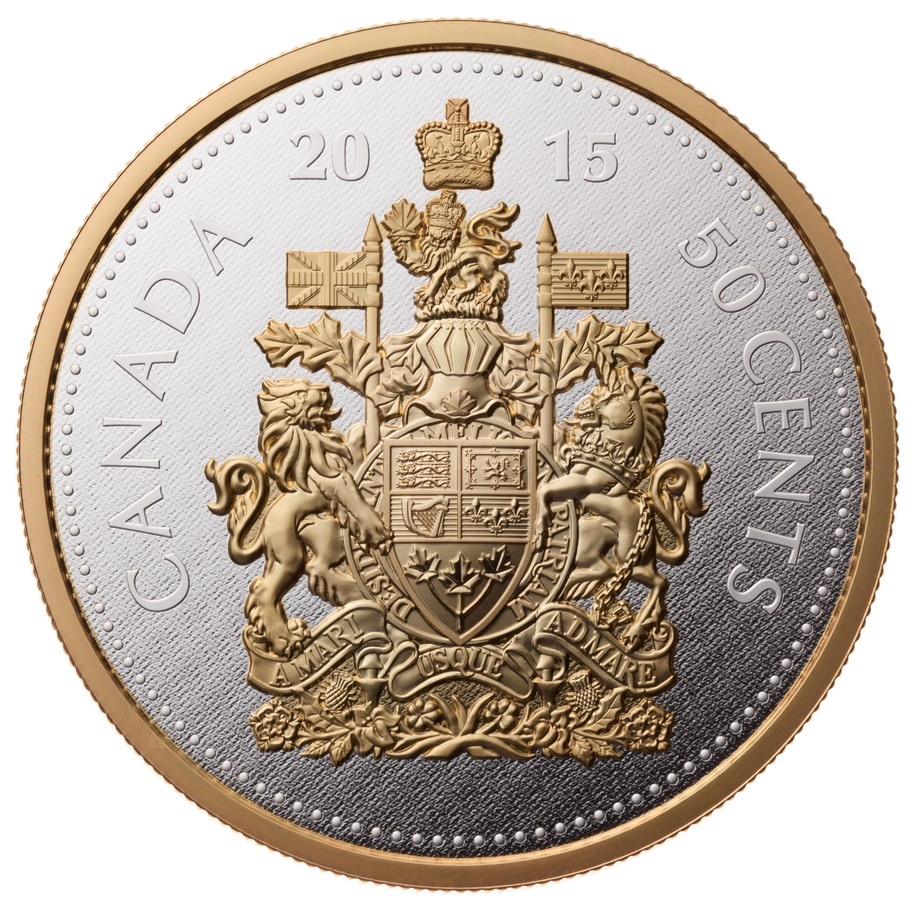The United States Mint has minted over 20 different kinds of coins, of many different sizes. Often, it is difficult for people to get a grasp of what much of the historical coinage looked like, at least in relation to modern circulating coins. This chart shows all of the coin types, and their sizes, grouped by coins of similar size and by general composition.[1]
Seven distinct types of coin composition have been used over the past 200 years: three base coin alloys, two silver alloys, gold, and in recent years, platinum and palladium. The base metal coins were generally alloys of copper (for 2 cent coins and lower), and copper/nickel (for 3 and 5 cent coins). Copper/nickel composition is also used for all modern 'silver' coins.[2]
Match coins to fill the money meter for big fun! Search MSN Games. Grab as much loot as you can before your pile of coins reaches the top of the window. Green BIG ZEROS Scratch-off Coin. Mini liberty Coin. 1 bid Ending Saturday at 4:40PM PST 21h 19m. The letter 'P' was being used for coins made at the Philadelphia facility, 'D' for Denver minted coins, and 'S' on dimes minted in San Francisco. Therefore, all coins should have a mintmark. Since this coin has no mint mark, it is moderately valuable. Beware of altered coins that may have had the mint mark removed by an unscrupulous person. NFL Collectible Coins. Joe Montana KC Chiefs Commemorative Coin with Tri Gold. Arizona Cardinals 2000 Season Commemorative Platinum Plated Tri gold coin.
| Steel Alloy | Copper | Copper Alloy | Silver Alloy | Silver | Gold | Platinum | Palladium | |||
|---|---|---|---|---|---|---|---|---|---|---|
| Three Cent 14 mm 0.8 g 0.750 fine 1851–1853 14 mm 0.75 g 0.900 fine 1854–1873 | ||||||||||
| Half Dime 15.5 mm 1.24 g 1794–1873 | Dollar 15 mm 1.67 gr 1849–1889 | $5 American Gold Eagle 16.5 mm 3.11 g 1986–present | $10 American Platinum Eagle 16.5 mm 3.11 g 1997–present | |||||||
| Three Cent 17.9 mm 1.94 g 1865-1889 | Dime (Clad) 17.91 mm 2.268 g 1965–present | Dime 17.9 mm 2.5 g 1796–1964 | $2.50 Gold Quarter Eagle 18 mm 4.2 g 1796–1929 | |||||||
| Small Cent 19.05 mm 2.5 g 1943 | Small Cent 19.05 mm 3.11 g 1864-1982 | Small Cent 19.05 mm 4.67 g 1856-1864 2.5 g 1982–present | Three Dollar 20.5 mm 5.01 g 1853–1876 | |||||||
| Nickel 21.21 mm 5 g 1866–present | Nickel 21.21 mm 5 g 1942–1945 | Twenty Cent 22 mm 5 g 1875–1878 | $5 Half Eagle 21.6 mm 8.36 g 1795–1929 | $10 American Gold Eagle 22 mm 7.78 g 1986–present | $25 American Platinum Eagle 22 mm 7.78 g 1997–present | |||||
| Half Cent 23.5 mm 6.74 g 1795–1857 | Two Cent 23 mm 6.22 g 1864-1873 | Quarter (Clad) 24.26 mm 5.67 g 1965–present | Quarter (40% Ag) 24.3 mm 5.75 g 1976(S) | Quarter 24.3 mm 6.25 g 1796–1964 | ||||||
| Dollar 26.5 mm 8.1 g 1979–Present[3] | $10 Eagle 27 mm 17.5 g 1795–1933 | $25 American Gold Eagle 27 mm 17.5 g 1986–present | $50 American Platinum Eagle 27 mm 15.6 g 1997–present | |||||||
| Large Cent 29 mm 10.89 g 1793–1857 | Half Dollar (Clad) 30.61 mm 11.34 g 1971–present | Half Dollar (40% Ag) 30.6 mm 11.5 g 1965–1970, 1976(S) | Half Dollar 30.6 mm 12.5 g 1796–1964 | |||||||
| $50 American Gold Eagle 32.7 mm 31.1 g 1986–present | $100 American Platinum Eagle 32.7 mm 31.1 g 1997–present | |||||||||
| $20 Double Eagle 34 mm 35 g 1849–1933 | $25 American Palladium Eagle 34.036 mm 31.120 g 2017–present | |||||||||
| Dollar (Clad) 38.1 mm 22.68 g 1971–1978 | Dollar (40% Ag) 38.1 mm 24.59 g 1971(S)-1976(S) | Dollar 38.1 mm 26.73 g 1794–1964 | ||||||||
| $1 American Silver Eagle 40.6 mm 31.1 g 1986–present | ||||||||||
| Steel Alloy | Copper | Copper Alloy | Silver Alloy | Silver | Gold | Platinum | Palladium | |||
|---|---|---|---|---|---|---|---|---|---|---|
Notes on the tables:
- Images are close to actual size on a 92-dpi monitor.
- Clad Half Dollars, Silver Half Dollars and Dollars, and Gold Half Eagles and Eagles are still regularly minted as commemorative coins. Dimes, quarters and half dollars are also struck in 90% silver for special annual collector's sets.
- The silver-colored Susan B. Anthony dollar was replaced with gold-colored Sacagawea Dollar in 2000 and Presidential Dollars 2007-2016; though the composition changed, the coin's size and weight remain the same.
- Some variances in coin size and weight occurred over time, especially as the value of silver varied. In particular, many silver coins changed in the 1870s. The figures cited in the tables are representative of the series, and are generally the latest, or most common, figures for a given coin type.
The largest coin ever minted by the US Mint was a gold 'Half Union' pattern in 1877, weighing 83.45 grams, and 51.1 mm in diameter. The largest coin actually issued by the mint was the Panama-Pacific Exposition $50 gold commemorative, at 83.572 grams and 44 mm. An octagonal version of the coin was slightly larger, measuring 45 mm at its widest point.
References[edit]


Big Coins
- ^'The United States Mint: Frequently Asked Questions'. Archived from the original on 28 March 2010. Retrieved 24 March 2010.
- ^'Coin Composition, Federal Reserve Bank of Atlanta'. Archived from the original on 8 June 2010. Retrieved 24 March 2010.
- ^'Native American $1 Coin'. Retrieved 25 March 2016.
Big Coin Investments
